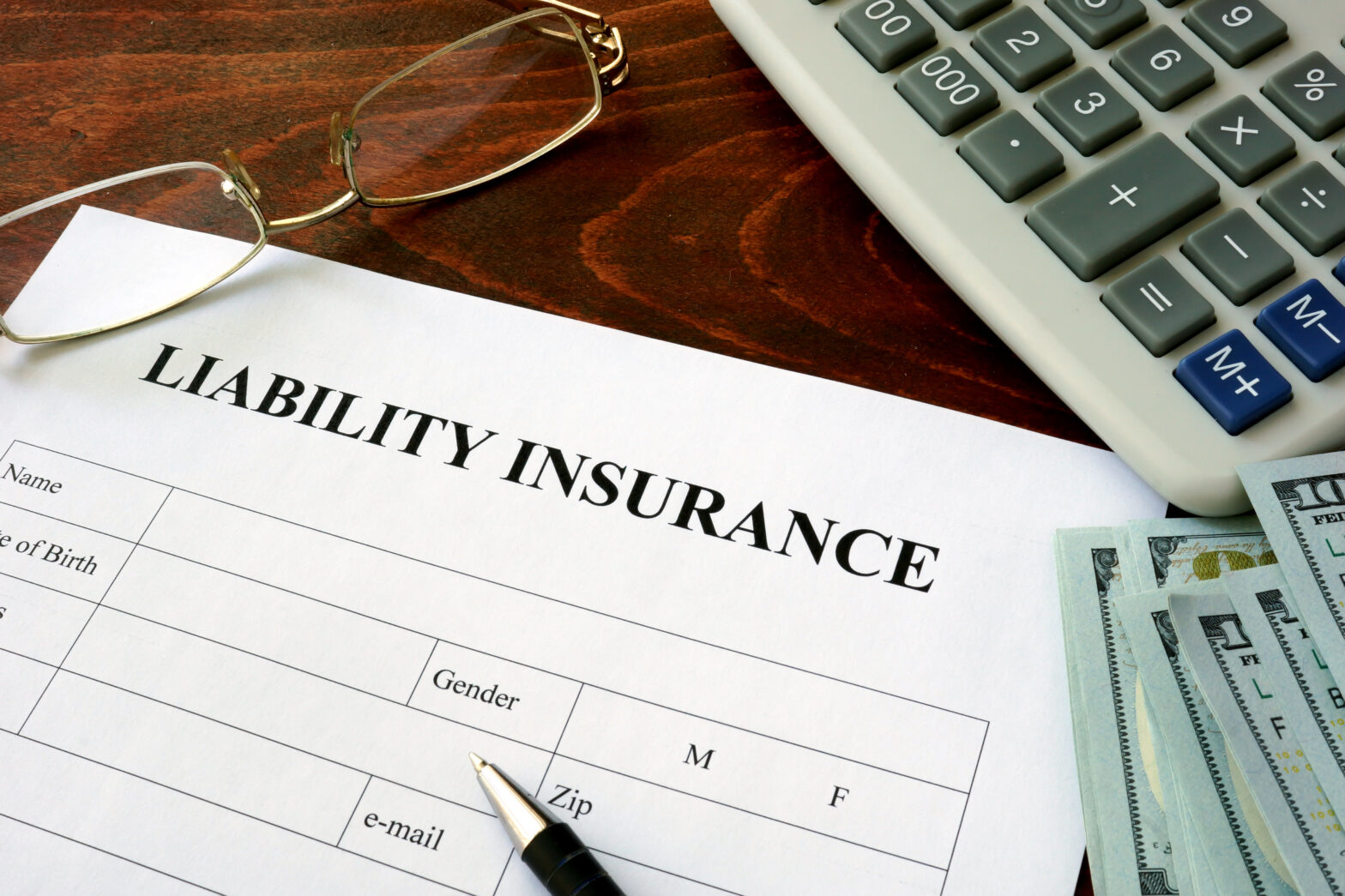More than half a million people sustained an injury at work in 2022, according to the Labour Force Survey, costing the economy nearly £8bn. Nearly another million people suffered work-related stress, depression, and anxiety.
Employers are legally required to have insurance to pay out on their legal liability if one of their employees is injured or becomes ill as a result of being at work. It’s compulsory.
Yet, according to Premium Credit, 26 per cent of small businesses have stopped buying compulsory employers’ liability insurance altogether – possibly put off by those rising premiums.
Businesses breaking law over employers liability insurance – Nearly a million small businesses are unwittingly breaking the law by not having compulsory employers’ liability insurance cover in place – and penalties are severe
How much employers’ liability insurance do you need?
The legal requirement for cover is £5 million but most insurers offer up to £10 million. Compensation claims for staff are often very high, which is why insurance is compulsory.
Alastair Blundell, head of general insurance at the British Insurance Brokers’ Association (BIBA), says: “Having £10 million worth of cover is important for safeguarding against catastrophic losses.”
Especially when there has been a trend for courts to award larger amounts in workplace-accident settlements.
How much could you be fined?
You could be fined up to £2,500 for each day you do not have employer’s liability insurance in place. Plus, if you’re not prominently displaying your certificate of employers’ insurance in your workplace, you could be fined a further £1,000.
How fast are employers’ liability insurance premiums rising?
During the pandemic, the number of employers’ liability claims actually came down – obviously due to workers being stuck at home – which should have flowed through to being able to hold EL premiums at lower levels.
Over the past year, increases in EL premiums have stayed at around 4 per cent, but premiums are not going to be coming down anytime soon.
Says Blundell: “The good news is that the underlying trend has been for the volume of EL claims to be lower, partly due to our living in a safer society, which may filter through to how risks are priced.”
So, rather than reducing your EL cover to reduce your premiums, right now it’s about keeping your protection at the right level to ensure you are properly protected.
Public liability insurance: why you need it – Not sure if you need public liability insurance for your business? Sam Humphrey from Insure Our Event explains what you need to know
Below are seven ways to reduce your employers’ liability insurance.
How to reduce your employers’ liability insurance
The earlier you start talking to a broker, the better. Keep a record of your full underwriting history so far to hand, if applicable, as the more information you can give your insurer about potential risks, the better off you will be. If there were any risks noted, consider whether these could have been improved and how.
You should also consider what could go wrong, identify who could be affected and how, decide what you would do to address the situation, record your findings, and regularly review this assessment. The Health & Safety Executive (HSE) offers a free online risk assessment service, to help illustrate the potential costs of a workplace accident.
7 ways to reduce your employers’ liability insurance
#1 – Have evidence that you are a good risk
Show that you have systems and controls and the governance in place, and that you have a robust health and safety policy that is backed up with a thorough set of current risk assessments. You need to show that you take health and safety seriously. In turn, your insurance broker can articulate this to the insurer.
#2 – Good training protocols
For example, that people who operate dangerous machinery in your workplace have the right PPE and wearables fit for the job. Keep up to date records of what training has been done. Well trained employees are less likely to be injured at work.
#3 – Keep an accident log with positive outcomes
Demonstrate what you have done to address issues that have come up after previous workplace incidents to prevent them from happening in the future.
#4 – Document your health and safety training
That way, you can demonstrate what you have done by way of training and that you have been looking after your staff if a claim is made.
#5 – Be detailed when you apply for EL cover
EL premiums are calculated using a percentage rate on your wage roll. The risk profile of your deskbound accounts department is going to be different from somebody working on your factory floor driving a forklift truck. So it is a good idea split our your wage roll by the key areas of your operations. In this way, the premium will be more accurate.
#6 – Try to buy a packaged policy
A packaged insurance policy could bundle your building insurance, business interruption cover, and public liability insurance alongside EL cover, which, if bought together, can be better value because it offers economies of scale and the cost benefit of buying packaged up.
#7 – Use an insurance broker
Yes, you may be able to find the cheapest insurance going direct to a price-comparison site, but you could be inadequately covered. It’s not just about price but who the insurer is, whether there are gaps in the cover, and what are the service levels of your insurer and their reputation when it comes to servicing claims? Certain insurers specialise in specific business sectors, whether that’s printing or waste management.
A broker can help you fully understand what is covered in your certificate of insurance and will often be the first port of call when you make a claim. They also then interact with the insurer on your behalf, which is a key service.
Employers’ liability insurance and homeworking
One thing that has changed since the pandemic is the rise of hybrid working, with most office staff just commuting two or three days a week into the office. However, you as an employer still have a responsibility to ensure that your member of staff’s home setup is stable and not, say, likely to cause a long-term back or neck injury.
Further Resources
What insurance do you need for a small business? – A look at what cover is out there and which key policies should be considered.
Employers’ liability insurance – what is it and do you need it? – Here, we answer all of your questions around employers’ liability insurance – how much will you pay and what happens if you don’t have it?





